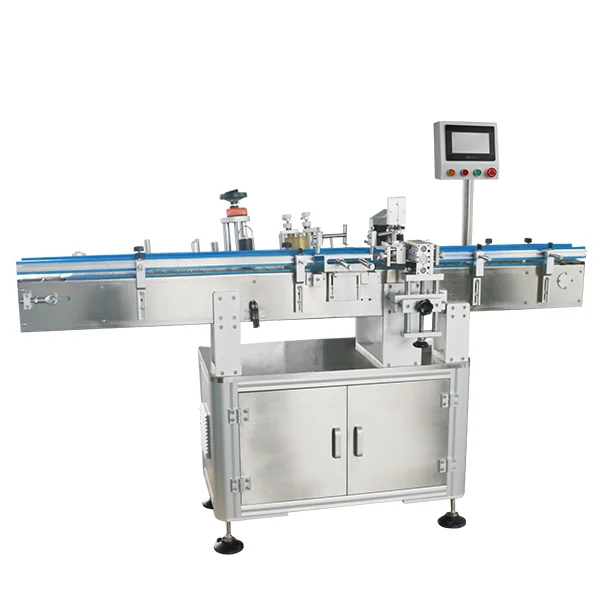The Cost-Effectiveness of Plywood vs. Natural Wood: A Comprehensive Analysis
When it comes to choosing materials for construction, furniture, or various DIY projects, one of the most frequently asked questions is: Is plywood cheaper than natural wood? This inquiry is not merely about price; it encompasses a range of factors including durability, sustainability, and application suitability. In this article, we will delve into the nuances of plywood and natural wood, providing a thorough analysis that will help you make an informed decision.
Understanding Plywood and Natural Wood
Before we can compare costs, it’s essential to understand what plywood and natural wood are.
Plywood is an engineered wood product made from thin layers, or plies, of wood veneer that are glued together. This process enhances its strength and stability, making it less prone to warping and splitting compared to solid wood. Plywood is available in various grades and types, each suited for different applications, from construction to cabinetry.
Natural wood, on the other hand, refers to solid timber sourced directly from trees. It is often prized for its aesthetic appeal, unique grain patterns, and natural properties. However, it can be more susceptible to environmental factors, such as humidity and temperature changes, which can lead to warping or cracking over time.
Cost Comparison: Plywood vs. Natural Wood
When evaluating whether plywood is cheaper than natural wood, several factors come into play:
- Material Costs: Generally, plywood is less expensive than high-quality natural wood. The manufacturing process of plywood allows for more efficient use of raw materials, which can drive down costs. For instance, while a sheet of plywood may range from $30 to $100 depending on its type and grade, a comparable piece of solid hardwood can cost anywhere from $50 to several hundred dollars per board foot.
- Labor Costs: Plywood is often easier to work with due to its uniformity and stability. This can lead to reduced labor costs during construction or assembly. Natural wood, with its variability, may require more skilled labor to ensure proper fitting and finishing, which can increase overall project costs.
- Long-Term Value: While plywood may be cheaper upfront, it’s crucial to consider longevity and maintenance. High-quality natural wood can last for generations if properly cared for, potentially offering better long-term value. Conversely, lower-grade plywood may not withstand wear and tear as effectively, leading to more frequent replacements.
Durability and Performance
The question of cost cannot be separated from performance. Plywood is engineered to resist warping and splitting, making it a reliable choice for structural applications. It is also less likely to be affected by changes in humidity, which is a significant advantage in regions with fluctuating climates.
Natural wood, while beautiful and strong, can be more vulnerable to environmental factors. However, certain types of hardwoods, like oak or teak, offer exceptional durability and resistance to decay, making them suitable for outdoor use or high-traffic areas.
Sustainability Considerations
In today’s environmentally conscious market, sustainability is a vital factor in material selection. Plywood can be considered more sustainable than natural wood, especially if sourced from responsibly managed forests. Many plywood manufacturers adhere to sustainable practices, utilizing fast-growing species and minimizing waste during production.
Natural wood, particularly from old-growth forests, raises concerns about deforestation and habitat destruction. However, responsibly sourced natural wood can also be a sustainable choice, particularly when certified by organizations like the Forest Stewardship Council (FSC).
Conclusion: Making the Right Choice
So, is plywood cheaper than natural wood? The answer is nuanced. While plywood generally offers a lower initial cost and greater stability, the long-term value of natural wood should not be overlooked. Your choice should depend on the specific requirements of your project, including budget, aesthetic preferences, and environmental considerations.

